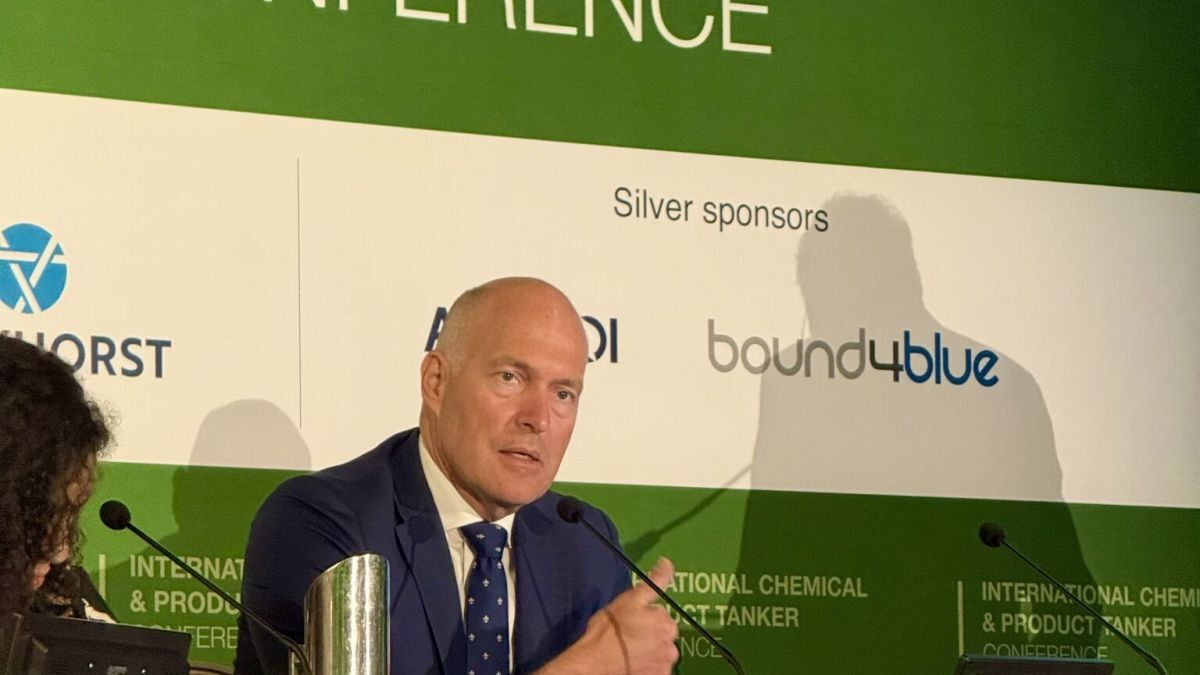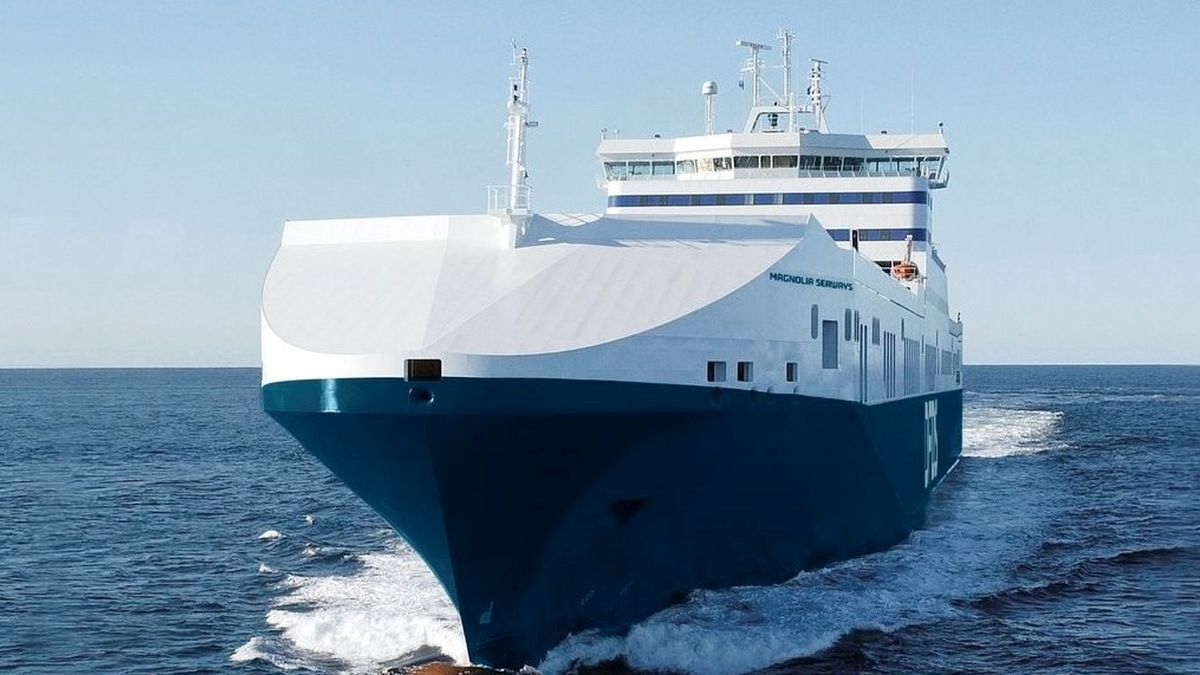Business Sectors
Events
Contents
Register to read more articles.
Are efficiency gains and fuel savings blowing in the wind?
High-tech wind-assisted propulsion systems can yield significant energy efficiency gains, with a trio of roro newbuilds aiming for a 50% reduction in CO2 emissions
IMO is moving with purpose towards adopting new mid-term measures to reduce greenhouse gas (GHG) emissions from ships by late this year. These new mid-term measures will set new operational, technical and commercial hurdles for international shipping, requiring a step change in energy efficiency. A new global goal-based marine fuel standard designed to gradually lower the GHG intensity of marine fuels, and a pricing mechanism for maritime GHG emissions will bring significant cost implications for shipping.
Dry bulk cargo operators face unique compliance challenges because most operate in tramp services, noted Intercargo special adviser, Thomas Keenan. Intercargo would like to see a clear, predictable carbon pricing that shipping can integrate into business planning. During a panel at CMA Shipping 2025, Stamford, Connecticut, Mr Keenan said challenges for the sector can stem from adopting new technologies and fuels to managing operational issues in ports with varying standards.
“Every new ship today is a trailblazer to new technology,” he said. But Mr Keenan questioned whether alternative fuels would be available at ports for dry bulk carriers, asking: “Are we ever going to be able to give up conventional fuels?”
It does not look that way when examining the shipbuilding order book for 2024, where ultramax and handymax-size bulk carriers had the lowest share of alternative fuel uptake among all ship types, according to Clarksons Research.
Given this conundrum, Intercargo members are turning to energy-saving technologies (ESTs) as one of several tools in reducing emissions and lowering fuel consumption; among these are wind-assisted propulsions systems (WAPS).
One Intercargo member, Mitsui OSK Lines (MOL), plans to launch 25 WAPS-equipped vessels by 2030. Initial trials in 2022 of the first Wind Challenger hard sail system, which it jointly developed with Oshima Shipbuilding, on the coal carrier Shofu Maru yielded positive results.
“Are we ever going to be able to give up conventional fuels?”
Over the course of 18 months of commercial voyages in the APAC region following the vessel’s delivery in October 2022, MOL reported the Wind Challenger sail reduced daily fuel consumption by up to 17%, and by 5% to 8% per voyage on average. The effect of fuel savings was calculated using a method verified by Lloyd’s Register.
Outside the bulk sector, France’s Louis Dreyfus Armateurs (LDA) is pushing the use of wind power even further with a series of three low-emissions, dual-fuel methanol-powered roro vessels under construction in China. Each of the roros will be equipped with six 35-m tall Norsepower rotor sails, allowing the vessels to sail solely on wind power, depending on wind conditions.
Prior to the start of construction, research centre MARIN and Finnish ship designer Deltamarin conducted calculations and model tests to investigate the propulsive performance, seakeeping and manoeuvring capability of LDA’s wind-assisted roro design.
Starting with the first delivery in 2026, these vessels will carry Airbus A320 Family jetliner subassemblies across the Atlantic from France, for final assembly in Mobile, Alabama. Expectations are that the ships will be able to cut their CO2 emissions by 50% in transatlantic operations by 2030 compared to a 2023 baseline, according to Norsepower.
“While the IMO has set challenging targets to bring shipping to net-zero, wind propulsion is considered as a viable element of the sustainable energy mix for seagoing ships,” noted LDA transport and logistic general manager, Mathieu Muzeau.
Related to this Story
Events
Maritime Environmental Protection Webinar Week
Cyber & Vessel Security Webinar Week
The illusion of safety: what we're getting wrong about crews, tech, and fatigue
Responsible Ship Recycling Forum 2025
© 2024 Riviera Maritime Media Ltd.














